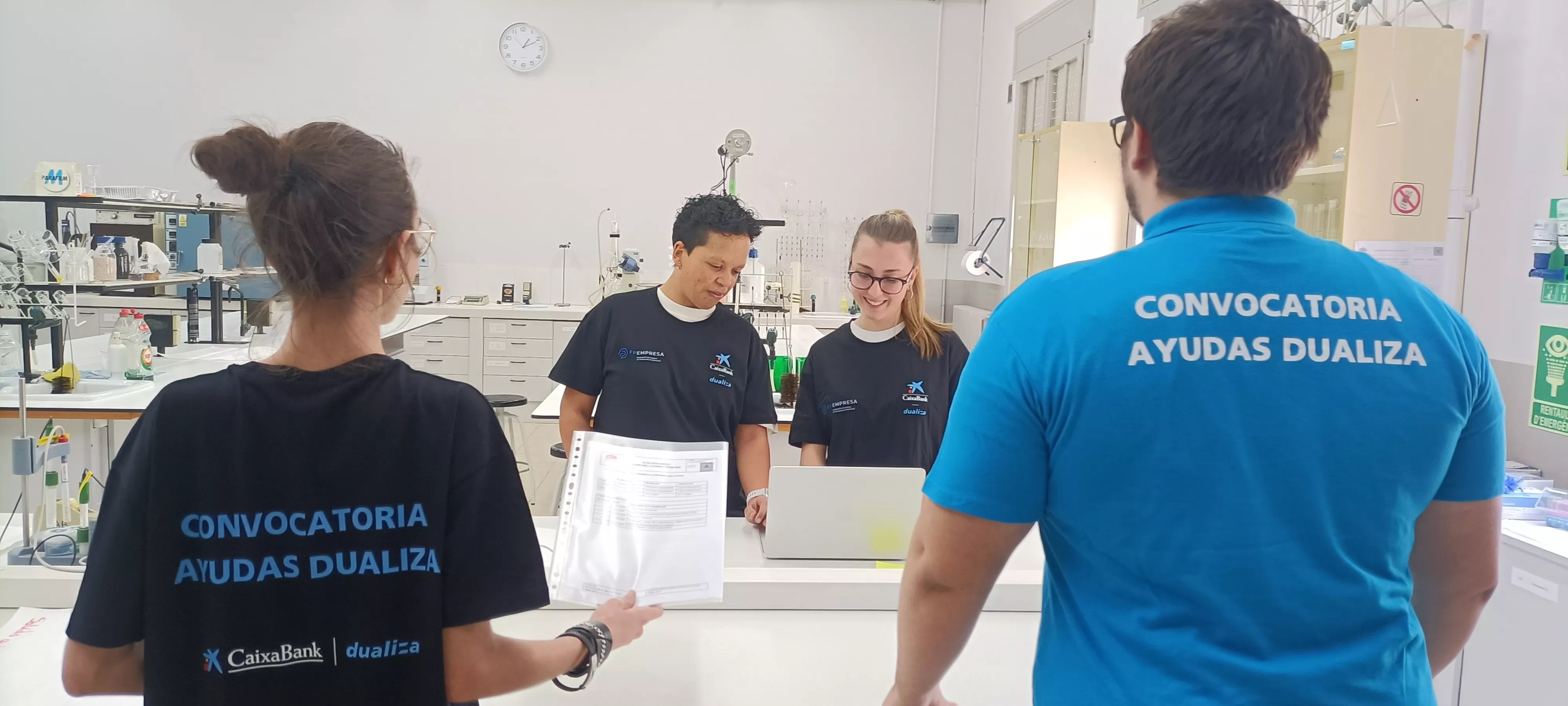Puerto de la Cruz conducted a census of all asbestos-containing facilities and sites in the municipality. The report, prepared by an external company, categorises public and private buildings based on their level of risk. It also sets out a schedule and deadline for removal.
David Hernández, Councilor for Sustainable City, explains that the census includes buildings, facilities, and sites containing asbestos, both public and private, as well as water supply and sanitation networks with an assessment of their risk. “Our current priority as the Council is to share the collected information to initiate the removal process, giving preference to facilities and sites based on their level of danger and exposure to the most vulnerable population. This way, we comply with current legislation.”
Both the census and the schedule, which will be publicly available, will be forwarded to the relevant health, environmental, and labour authorities of the Autonomous Community, as mandated by the Law, who will inspect these sites to verify their condition. “This documentation will enable the Council to plan a removal schedule not only for municipal buildings but also for public properties owned by other administrations and private entities, to which the presence of asbestos must be disclosed so that appropriate measures can be taken.”

Councilor David Hernández (c) during a data sharing session with the editorial team. | | ED / E. D.
The information collected in the census is available on the web viewer LocA, which has been provided to the Puerto de la Cruz City Council by the company free of charge for one year, so that the technicians from the Sustainable City department have an appropriate informational tool to assist in urban and territorial management.
Councilor David Hernández states, “We continue to take firm steps to improve the quality of life for citizens, safeguard the environment, and make our municipality more sustainable to enhance its habitability.”
What is Asbestos and What Health Issues Can It Cause?
Asbestos, also known as asbestos, is a group of minerals within the silicate family. It has a fibrous metamorphic structure composed of strong, long, and somewhat flexible fibers.
These fibers can enter the human body through the respiratory system. Inhaling them can lead to respiratory difficulties, lung cancer, or mesothelioma, another form of cancer associated with regular asbestos exposure.
Although these health issues may arise after prolonged exposure to this material, they typically manifest in middle-aged or older individuals. Asbestos itself is not harmful until it breaks down, releasing dust that comes into contact with the respiratory system.
















